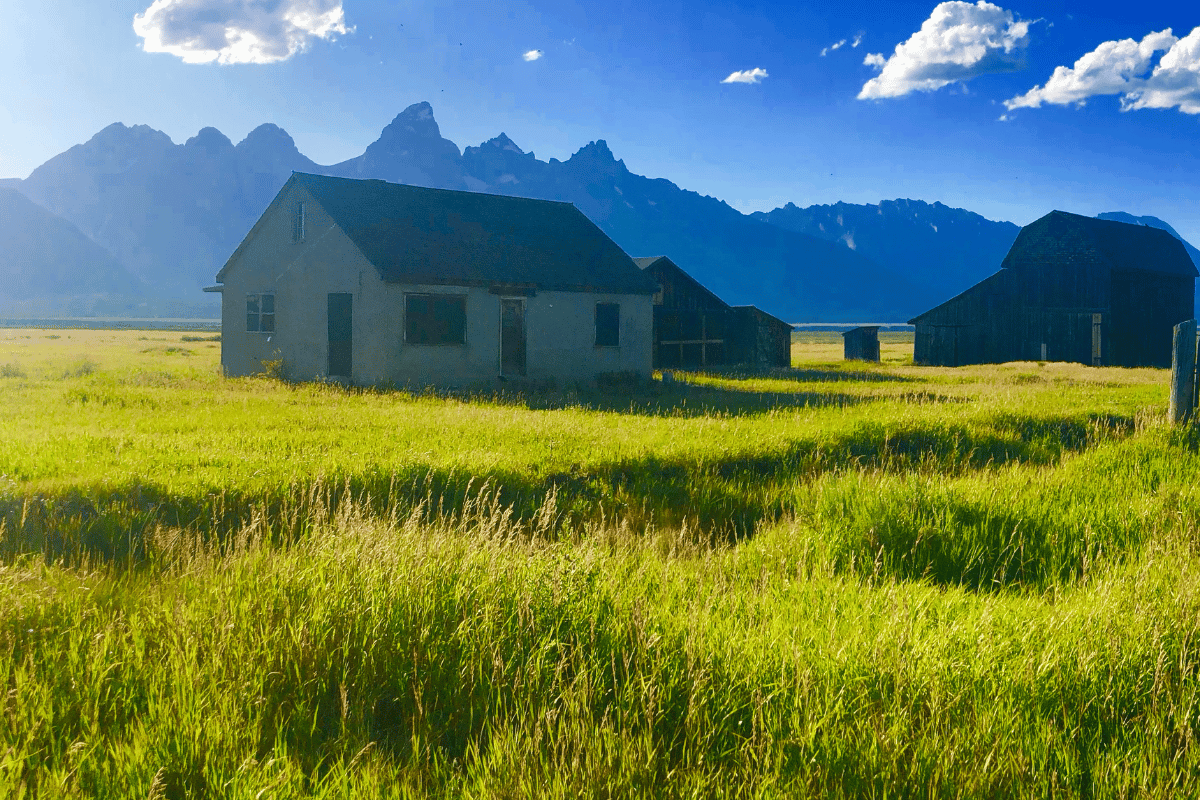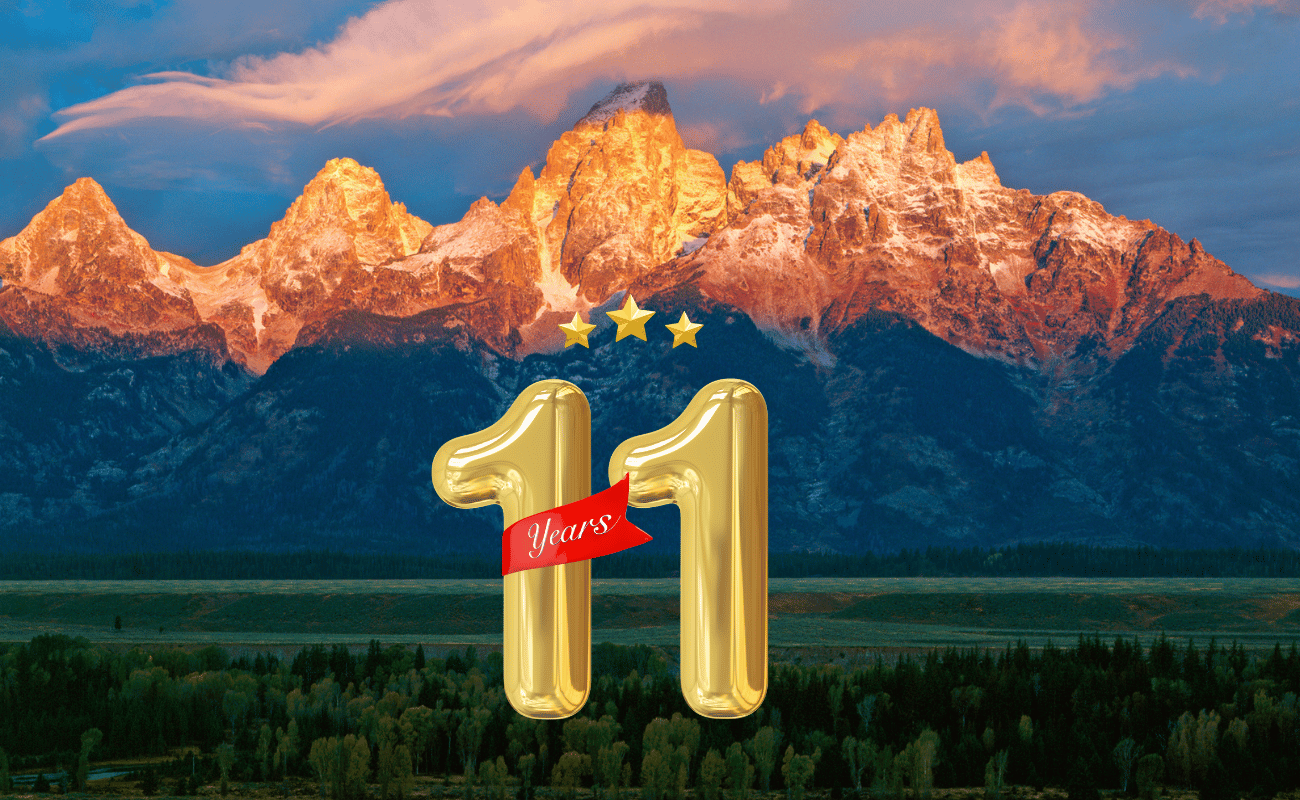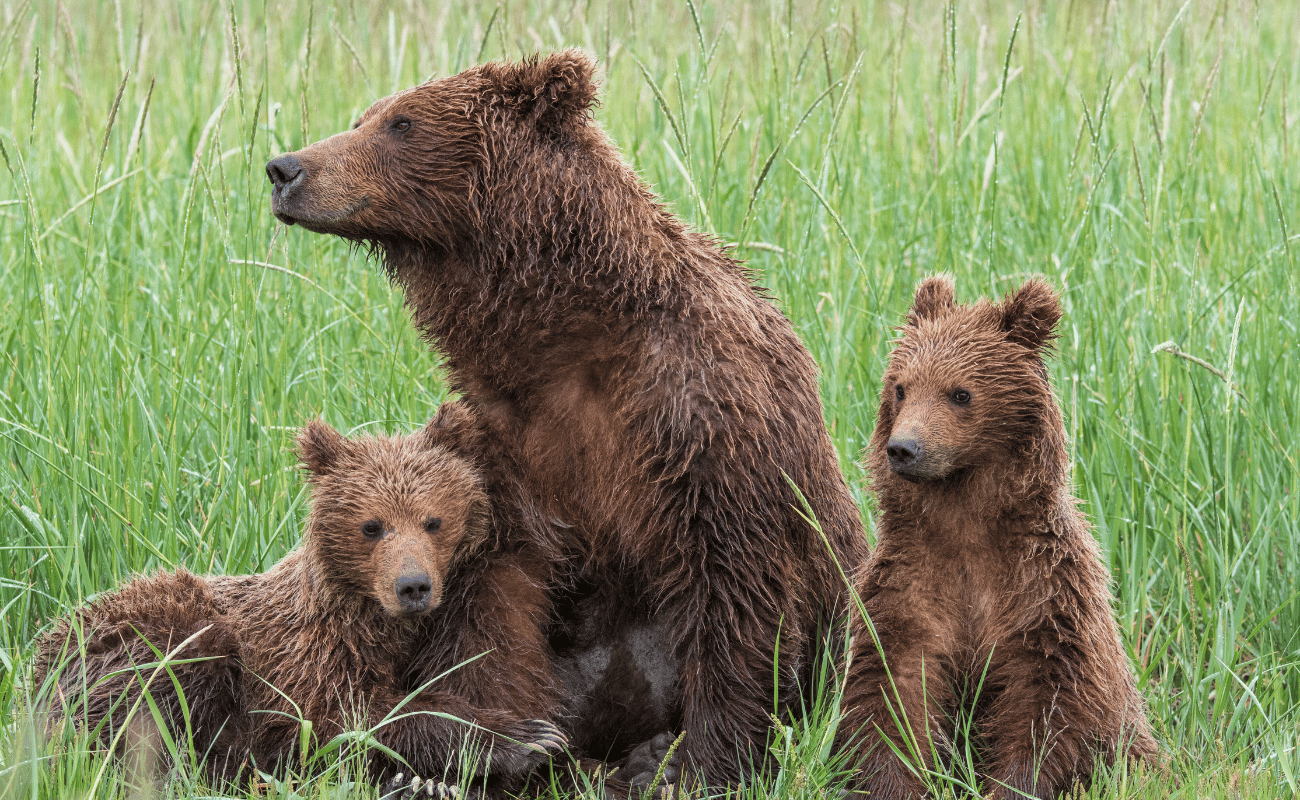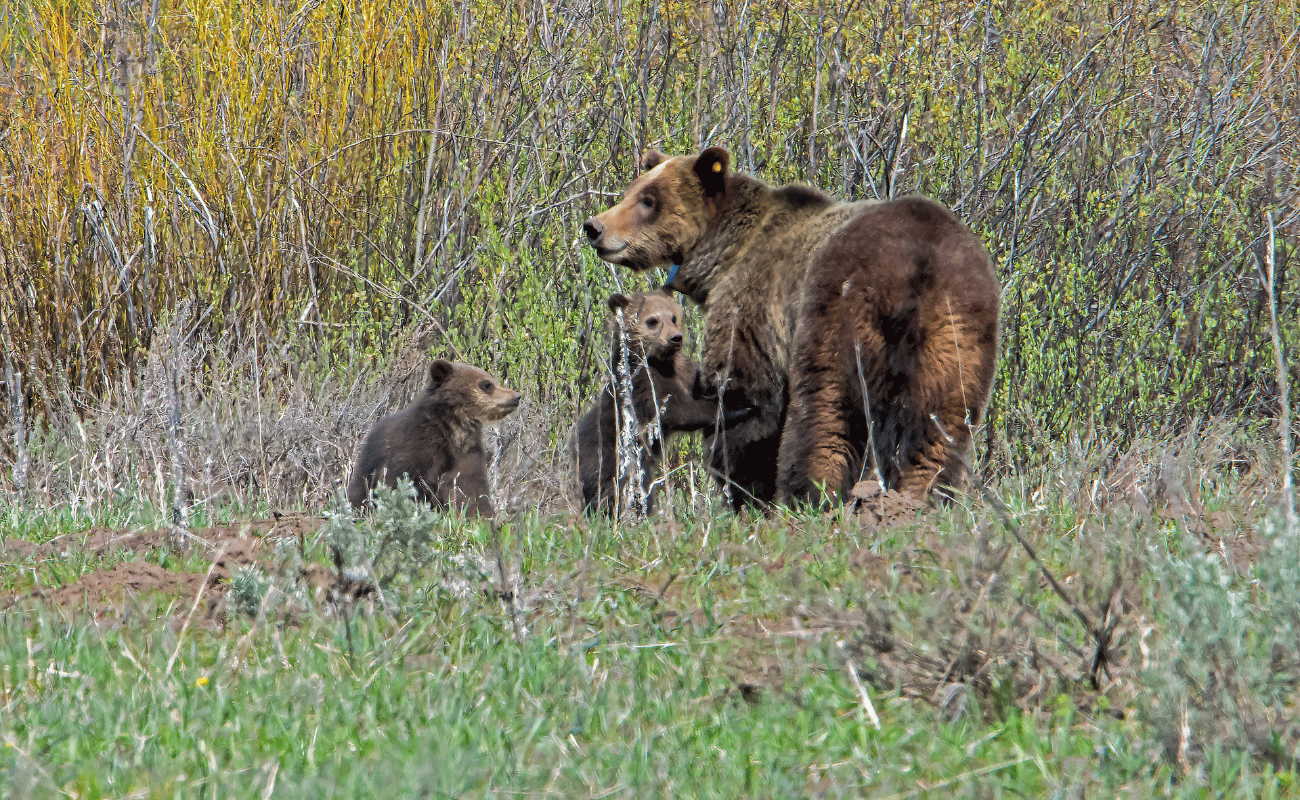Jackson Hole Wildlife Tours
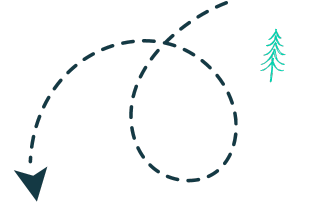
Teton Wild Offers Spectacular Private Wildlife Tours
featured tours
destinations



newsletter
Sign up for the exclusive offers and best deals from us
© 2012 - 2024 | Teton Wild Guided Tours | All Rights Reserved | Powered by Nuvue Marketing

